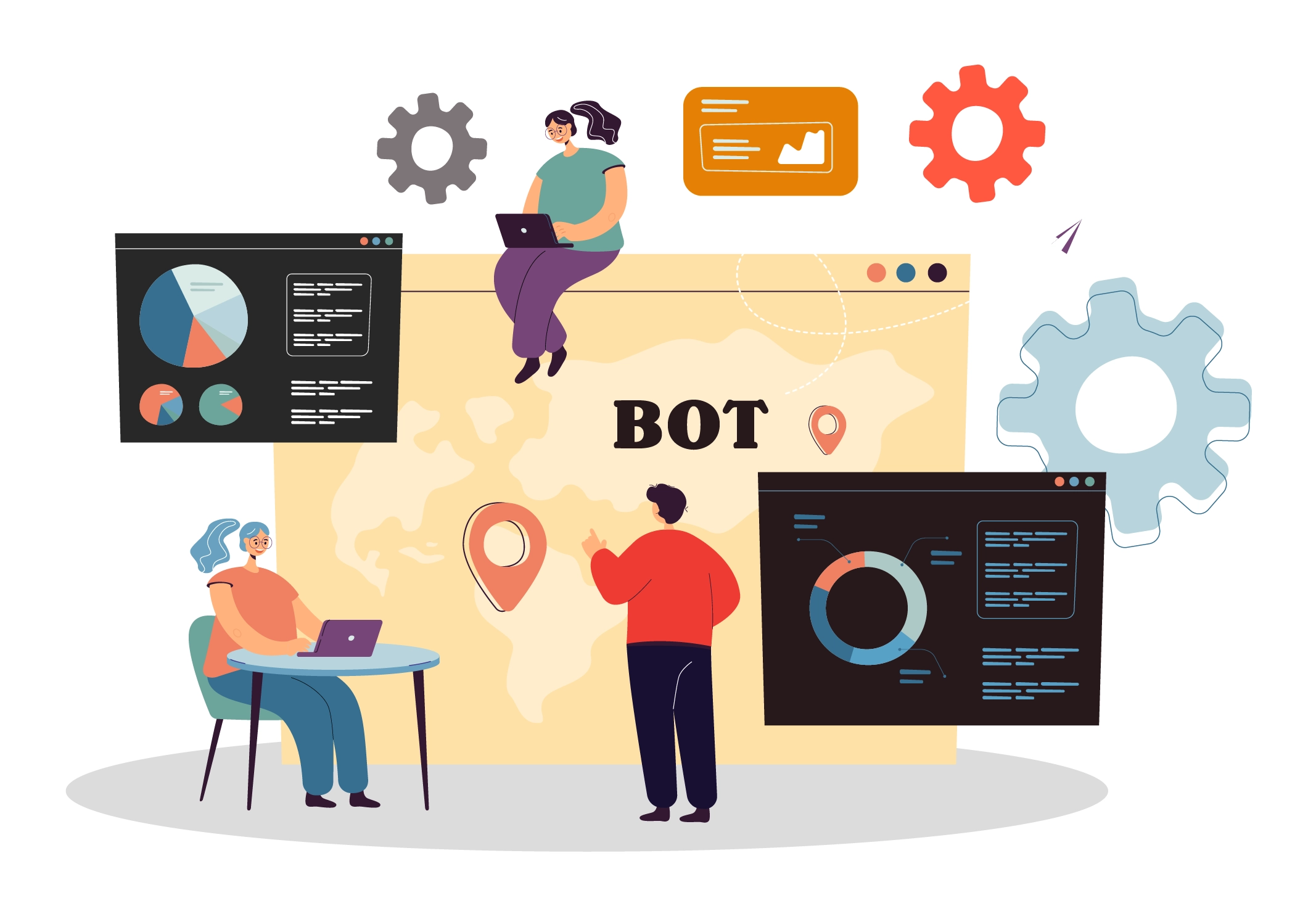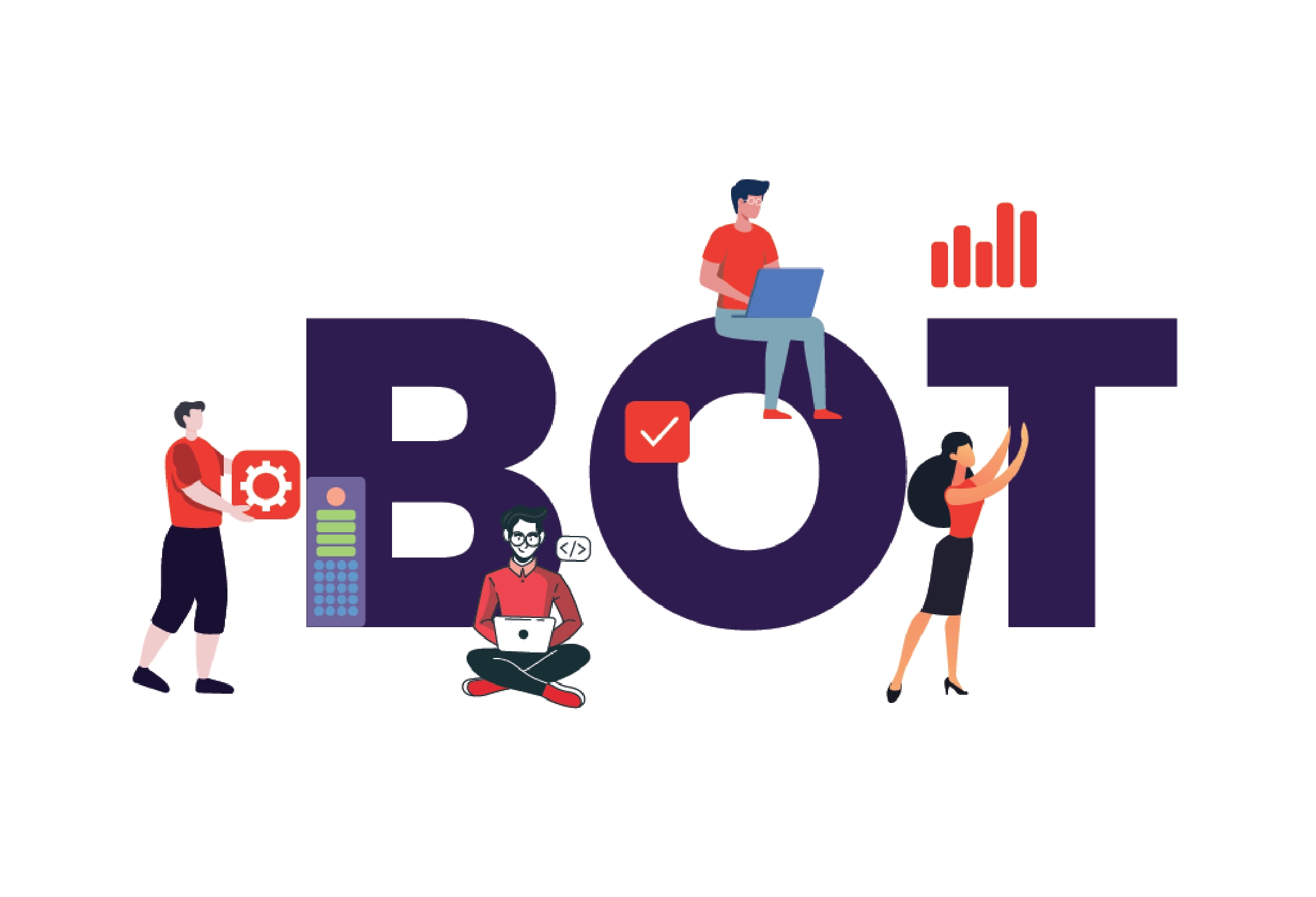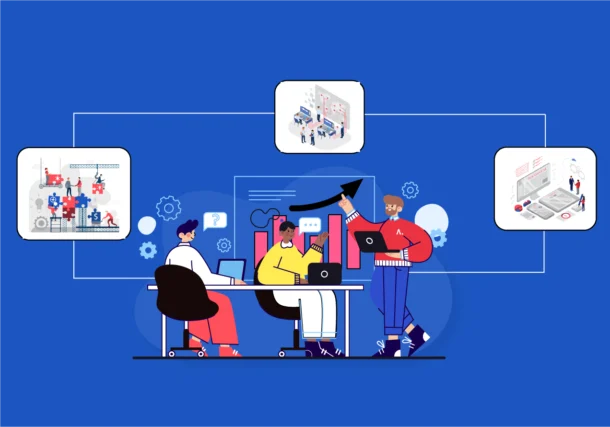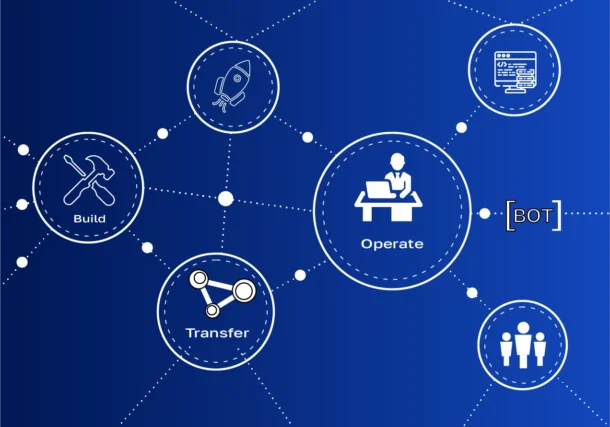Introducing the Philips World of BOT Project Management System
Are you wondering what exactly BOT is? BOT known as the Build Operate Transfer Model is a form of delivering a project mainly for a large-scale infrastructure project management wherein the private sector takes a concession from the public sector to design, construct, and operate a project in a contractual period. The private entity gets the right to operate it for a certain period. This method allows the project proponent to fully recover its investment and operating and maintenance expenses spent on the project. When it comes to project management, the BOT or build-operate transfer method generally finds application within public-private partnerships. The duration for this mainly involves the incremental fee adjustments throughout the entire concession period.

These adjustments are commonly linked to a blend of internal and external factors, enabling the project proponent to attain a favorable internal rate of return on their investment. This aspect of BOT emphasizes the importance of adept project management, as it requires careful monitoring of both financial metrics and external market conditions to ensure the project’s viability and success. Let’s deeply delve into understanding how Bot project management works and what advantages it brings to the project management sector. Further, we will have a telescopic view in some real-time applications of the build-operate-transfer model. So without any further hiccups let’s deeply dive into this topic to gain some knowledge about it.
Overviewing the Thoughts about BOT in Project Management
The cyclic journey of BOT project management holds several phases that carry a vital role in realizing the project management’s objectives and goal to achieve success. To begin with involves the build phase where the private party or entity takes charge of financing, designing, and constructing the infrastructure project. This phase majorly involves structured planning and detailed contractual agreements between the private party and the government or public authority. Then the next phase is the Operate phase, during this stage the private party or entity assumes the responsibility for operating and maintaining the infrastructure asset for a certain period, which can range from years or decades. The revenue of project management is generated from the project’s operation itself like tolls, user fees, and lease payments. These revenues are collected to cover the overall operating expenses and to generate returns on investment (ROI).

In the last step, the project is concluded via the Transfer Phase, where the bot’s entire ownership and operational control in project management are transferred back to the respective government or public entity. This entirely marks the completion of the BOT project management along with the infrastructure asset transitioning from private ownership to becoming a public good. Keenly planning and coordinating this phase facilitates a perfect transition, and also minimizes disruptions, and safeguards the assets for a longer period. Hence, the BOT model for project management offers numerous benefits, including leveraging private sector expertise and resources, transferring project risks, and enabling governments to expand infrastructure without upfront capital investment.
Opening the Wrapper of Advantages of Build Operate Transfer Model in Project Management
The BOT in project management brings many advantages to project management. The first advantage that can be counted is cost efficiency. In the BOT model, the project is typically funded by the private entity (builder/operator) which then recovers its investment by operating the project for a specified period. This helps in spreading the financial burden over time, making it feasible for the government or client to implement large-scale projects without upfront capital investment. The second added advantage is that once the private entity is responsible for operating the project during the beginning phase, the efficient operations are driven by the majority of the profit and bring expertise in the project management which mainly results in better performance.

Besides, the Build Operate Transfer model for project management benefits the client and government by gaining access to all the new technologies management practices, and methodologies brought in by the private entity. This transfer of knowledge can be valuable in enhancing the client’s capabilities and competitiveness in the long run. Also, the bot model leads to faster project implementation as the private sector has a very powerful incentive to complete the project on time to start generating revenue from operations. This can be particularly advantageous for infrastructure projects where timely completion is critical.
Moreover, by this model the construction and operations of the project to a private entity, the client or government can focus on its core competencies and priorities, leaving the project management and execution to the experts in the private sector. Furthermore, the BOT model encourages the private entity to ensure the long-term sustainability of the project since their revenue is directly tied to its performance over time. This can lead to better maintenance and upkeep of infrastructure projects, ensuring their longevity and reliability.
Revelation of Project Management’s Real World Applications by BOT Model
Some real-world applications of BOT project management span various sectors and industries, showcasing its versatility and effectiveness in delivering large-scale infrastructure and public services. One of the major applications is in transportation infrastructure where BOT arrangements have been widely used for the development of toll roads, highways, expressways, and airports worldwide. In these projects, private entities design, construct, operate, and maintain the infrastructure for a predetermined period. Examples include the Highway 407 ETR in Ontario, Canada, the Sydney Harbour Tunnel in Australia, Budapest Ferenc Liszt International Airport in Hungary, and the Queen Alia International Airport in Jordan. The second application is in the energy projects sectors like power plants and water treatment plants.
In power plants, BOT is being used for the development of power generation facilities like coal-fired gas-fired, and renewable energy projects. Private companies invest in the construction and operation of these plants, selling electricity to utilities or directly to consumers. For instance, the Quezon Power Plant in the Philippines operates under a BOT arrangement. In the case of water treatment plans, the build-operate-transfer model has been implemented in the operation and construction of water treatment and desalination plants worldwide. The Sorek Desalination Plant in Israel is a prominent example of a BOT project in this sector.
Another application where BOT plays a vital role is in the telecommunications networks that include fiber optic cables, mobile networks, and broadband infrastructure. The majority in most of the private companies invest in the construction and operation of these networks, offering telecommunications services to consumers and businesses. Examples include the National Fiber Optic Backbone Project in Uganda and the Optic Fiber Backbone Network Project in Kenya. Additionally, in smart city initiatives, BOT models are increasingly being used for smart city projects, involving the deployment of technology-driven solutions for urban development and sustainability. Examples are Songdo International Business District in South Korea and Masdar City in the United Arab Emirates are notable examples of smart city projects with BOT components.
Shutting Down the Door of BOT Model in Project Management with Pattem Digital
As we have seen above, the Build Operate Transfer (BOT) model emerges as a powerful framework in project management, especially in large-scale infrastructure development and public-private partnerships. Its cyclical journey, spanning build, operate, and transfer phases, not only facilitates efficient project delivery but also ensures long-term sustainability and transfer of expertise. Through the BOT model, governments and clients can leverage private sector resources, expertise, and funding, while spreading financial burdens over time. This collaboration results in faster project implementation, enhanced technological capabilities, and improved operational efficiency. Moreover, the BOT model fosters innovation and competitiveness, leading to the development of transformative projects across various sectors globally.
Pattem Digital is an ideal Build Operate Transfer IT outsourcing company that specializes in digital transformation, product engineering, and technology solutions. Our expertise in project management, coupled with a commitment to excellence, aligns with the principles underlying the BOT model. By harnessing its capabilities, Pattem Digital contributes to the realization of visionary projects, driving sustainable growth and development in the digital era.





